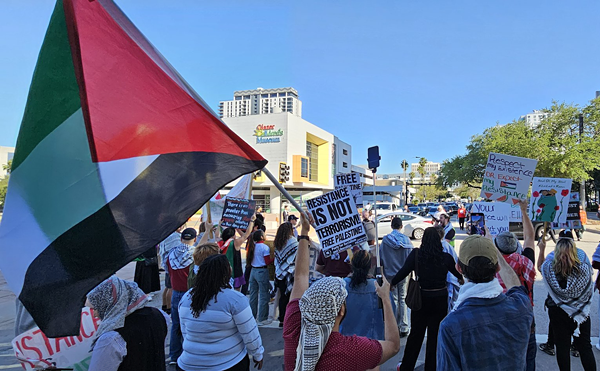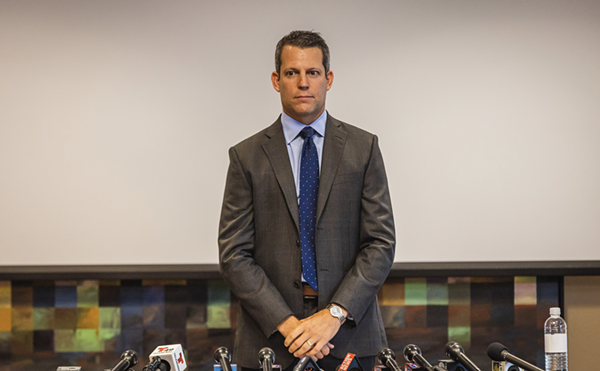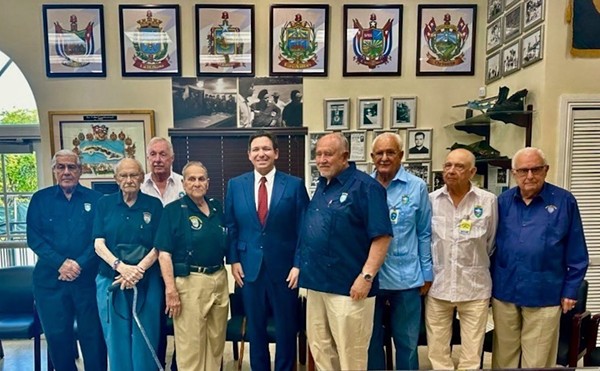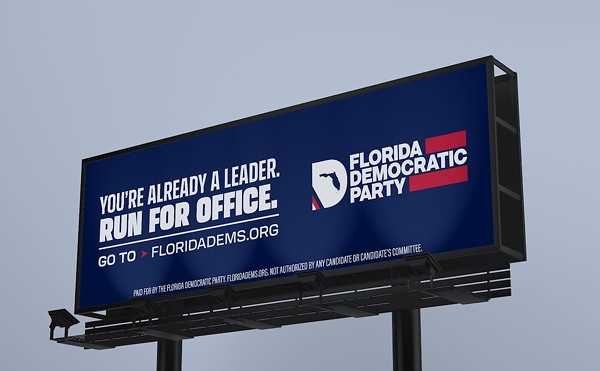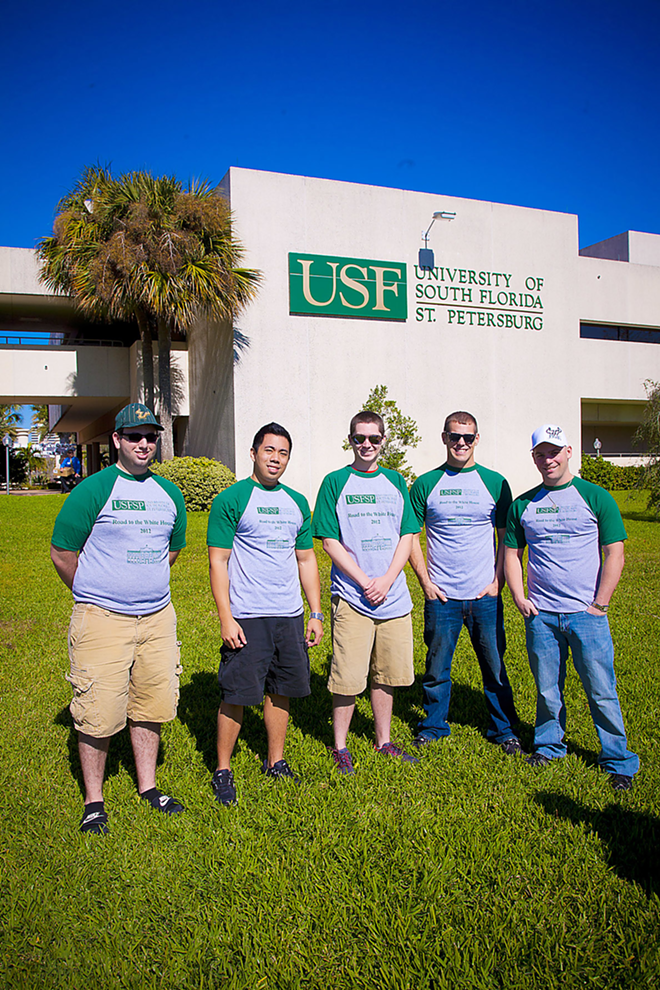
The surrogate for Mitt Romney stands in the left-hand corner of Davis Hall Room 250 on the USF-St. Pete campus, warning that a presidential campaign isn’t as glamorous as it’s cracked up to be.
“You’re going to have to like pizza. Lots of Coca-Cola, lots of potato chips,” Jeff Antous says. “It’s really important to hear what people have to say… you need to ask questions, ask ‘What’s the reasoning behind that?’ You’re going to want to take notes.”
It’s a dizzying hour for the 23 students in political science professor Judithanne Scourfield McLaughlan’s “Road To The White House” class. They’re gathered on this Thursday morning two-and-a-half weeks before the January 31 presidential primary to hear pitches from the campaigns of virtually all of the Republicans who will be on the ballot: Romney, Paul, Perry (before he quit), Gingrich and Gary Johnson (who has quit the race but may run in the fall on the Libertarian ticket). Representatives for the Obama re-election team and the local Democratic and Republican parties are in the house as well.
After the presentations, the surrogates are told to stand in various parts of the classroom, where the Obama, Romney and to a lesser extent Paul spokespeople are quickly surrounded, while the others wait in vain for company. Today is decision time for the students, who must intern for at least 40 hours for one of the campaigns this semester, a critical part of their overall grade for the class.
Theoretically it’s a win-win for both groups, as the students get their hours, and the surrogates recruit some fresh meat to work for free in the weeks leading up to the GOP primary. Alas, no one swarms the spokespeople for Rick Perry, Rick Santorum or Newt Gingrich, who play with their smartphones or stare ahead stoically.
The largest number of students surge toward Victoria Kirby, regional field director in West Central Florida for the Obama campaign. Close behind in number are six students who gather around the Mitt Romney surrogate, and three who want to hear more about Ron Paul. Ultimately, Santorum and Perry each get one student; Gingrich (whose campaign had not yet enjoyed its post-South Carolina bump) gets nobody.
This is the third such class that Scourfeld McLauchlan has taught in the eight years she’s been part of the USF St. Pete faculty. But it’s the first time she hasn’t taken the students to New Hampshire for the primary there, in part because the semester didn’t begin until after the vote in the Granite State. Because of that, as well as the fact that the Sunshine State is holding its primary in January (and Tampa is hosting the Republcan National Convention), she’s opted this year to keep her students in the area.
The party ideologies among the 23 students split down the middle, with 11 Republicans, 11 Democrats, and 1 independent. McLauchlan says that’s par for the courses she’s taught in Florida, with maybe a smidgen more Democrats in the usual classroom.
USF administrator Kiki Caruson, who taught political science classes for years at the Tampa campus, says that Tampa Bay area students run the gamut from conservative to libertarian to Democrat, which she calls “refreshing, because you can get much better discussion in class when not everyone thinks the same thing.”
Historically, young people have never voted in significant numbers in presidential elections, with 2008 being a notable exception. That’s according to an analysis by the Center for Information Research on Civic Learning & Engagement (CIRCLE), which reports that approximately 4 percent of eligible young voters in Iowa participated in the caucuses on Jan. 3, compared to 13 percent in ’08.
Much of the high turnout four years ago was due to the excitement surrounding Barack Obama’s historic run. CIRCLE says 51 percent of 18-to-29-year-olds voted in ’08, compared to just 21 percent in the 2010 Congressional elections.
The big recipient of the youth vote so far this year is the senior citizen on the debate stage, 76-year-old Ron Paul, whose dovish foreign policy and concerns about the Constitution and the escalating federal debt have attracted a cult-like following. A day after the presentations, a spokesperson for the Paul camp, Dan Tucker, emails his charges, laying down some rules about how to deal with voters while canvassing or phone banking. Those rules include “Never say anything negative to a volunteer” and “Never argue with a voter.” He emphasizes that, since it’s a grassroots organization, volunteers are empowered to make decisions. “When in doubt, make a decision and take action,” he writes. “Forgiveness is easily obtained if there was an error.” Jaryd Vartanian, 22, is in his first semester at USF-St. Pete. He says that, just as 9/11 was a wake-up call for the country in terms of national security, the debt problem should be regarded as a red alert re the nation’s finances.





